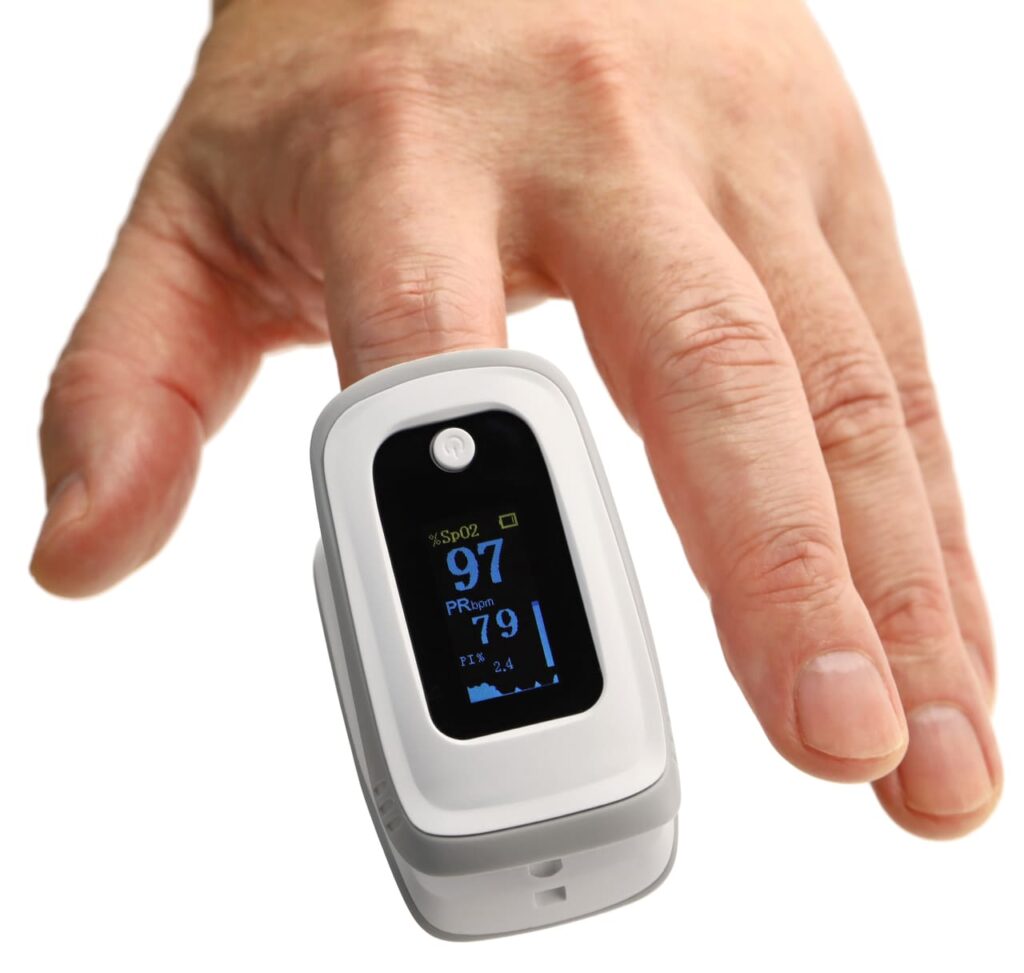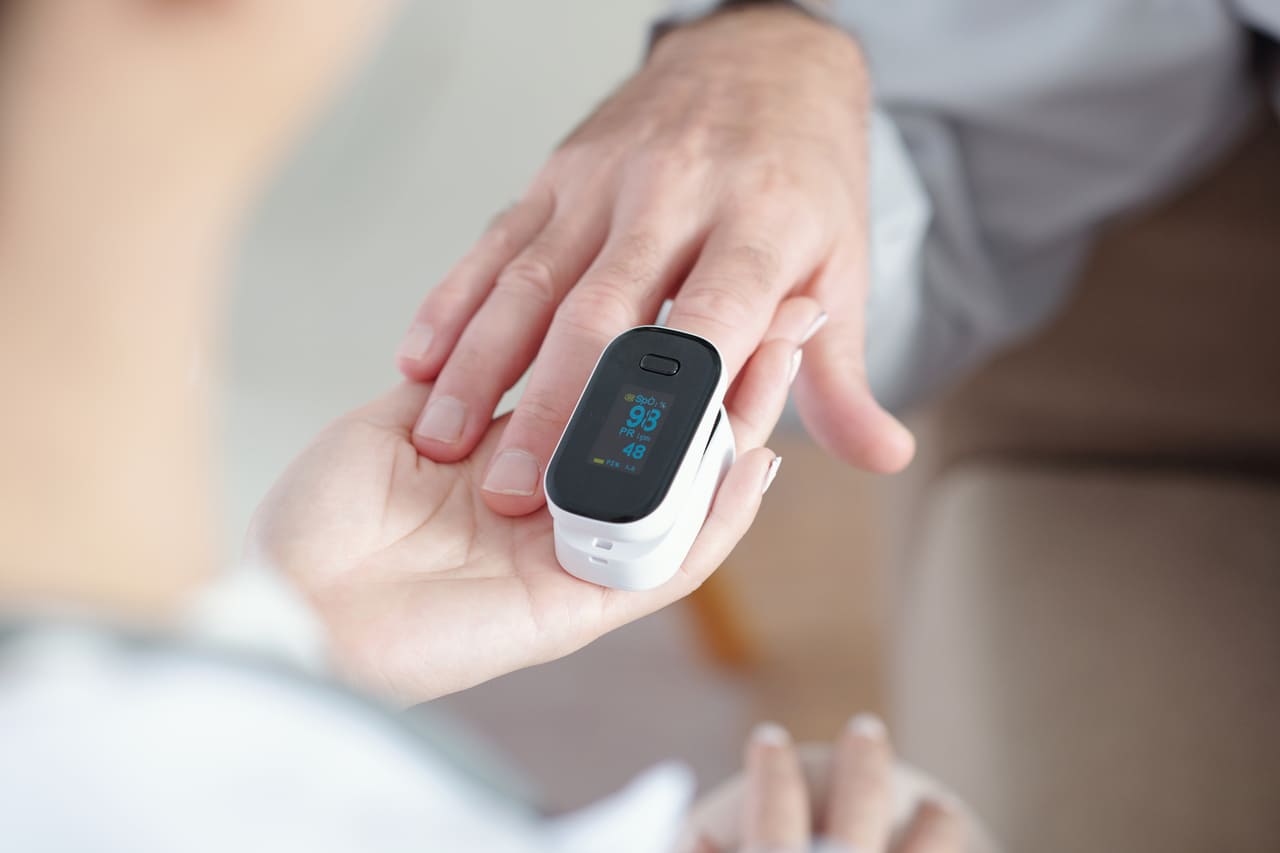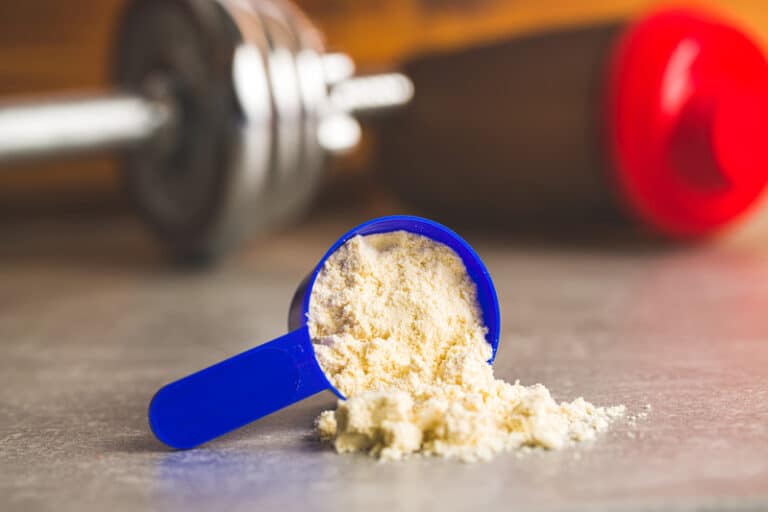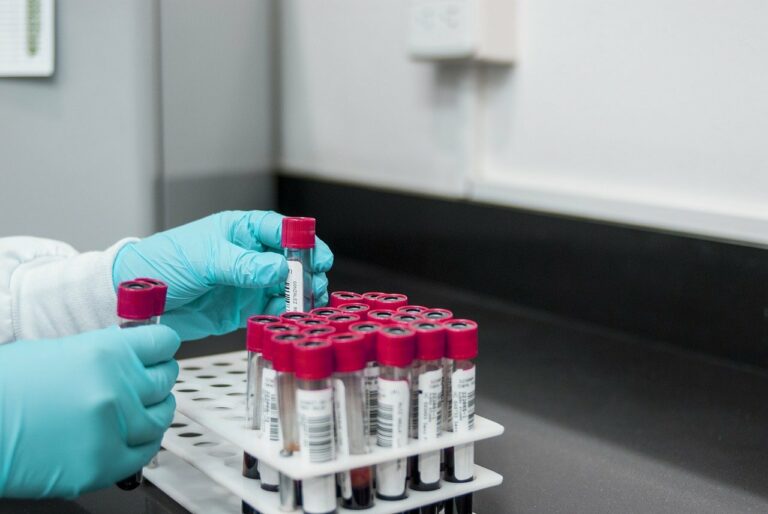Pulse oximeters are a simple yet powerful tool for measuring oxygen saturation levels in the blood, making them a crucial device for managing a range of medical conditions. However, understanding how to use a pulse oximeter effectively can be a daunting task for many. That’s why, in this blog post, we’ll provide you with a step-by-step guide on how to use a pulse oximeter correctly and accurately. Whether you’re a medical professional, a patient, or a caregiver, this guide will cover everything you need to know about using a pulse oximeter accurately.
In This Article
How do you use a pulse oximeter?
Here’s a step-by-step guide on how to use a pulse oximeter accurately. It’s essential to follow these instructions to ensure that you get an accurate reading of your blood oxygen saturation level.
Step 1: Wash your hands
Make sure to wash your hands thoroughly before handling the pulse oximeter. We don’t want to contaminate the device with any germs or bacteria.
Step 2: Turn on the pulse oximeter
Most pulse oximeters have a power button on top or bottom of the device. Press and hold the button until the device turns on.
Step 3: Place the pulse oximeter on your finger
Place the pulse oximeter over your finger and ensure that it stays snugly and accurately in place.
Step 4: Wait for the reading
Give the pulse oximeter a few seconds (usually less than 10 seconds) to register your pulse rate and oxygen saturation levels. Once the device has finished reading, your oxygen saturation levels will be displayed on the screen.
Step 5: Take note of the oxygen saturation reading
Most pulse oximeters have two readings on the screen – your pulse rate and oxygen saturation level. Make sure to take note of your oxygen saturation reading. Normal oxygen saturation levels range from 95%-100%. Anything below 90% requires immediate medical attention.
Step 6: Turn off the pulse oximeter
Once you are done taking the reading, turn off the pulse oximeter by holding down the power button until it turns off.
Step 7: Clean the device
It’s important to clean the pulse oximeter after every use. Use a clean cloth or tissue to wipe the device, and sanitize it with disinfectant spray if required.
What affects the pulse oximeter results?
When using a pulse oximeter, it’s crucial to consider the factors that can impact the accuracy of the reading. Several factors can impact the accuracy of your pulse oximeter results, including skin pigmentation, skin thickness, tobacco use, or poor blood flow to your finger. The device may also provide inaccurate results if you have cold hands or are wearing nail polish or artificial nails. For individuals with darker skin tones, low oxygen levels might get missed by pulse oximeters. It’s crucial to watch out for symptoms along with changes in your oxygen levels and discuss any concerns with your healthcare provider. Symptoms of low oxygen levels include fatigue, weakness, and shortness of breath.

What are the 2 readings on a pulse oximeter?
A pulse oximeter measures two readings: the oxygen saturation level (SpO2) and the pulse rate.
Pulse – The pulse reading on a pulse oximeter measures the heart rate, indicated by the number of beats per minute. It measures the pulsatile component of blood flow through the arteries, providing an indication of the cardiac output or the overall functioning of the heart. Lower or higher pulse readings than the usual range may indicate underlying health issues that one should consult with a medical professional.
Oxygen Saturation Level – The oxygen saturation level, also known as SpO2, on a pulse oximeter measures the amount of oxygen bound to hemoglobin in the blood. It indicates the percentage of oxygen saturation in the arterial blood and is a crucial parameter for people with respiratory illnesses or those undergoing oxygen therapy. A normal SpO2 reading ranges from 95 to 100 percent, and lower readings may indicate low oxygen levels that can lead to health complications. By monitoring their SpO2 readings, individuals can quickly detect abnormalities and seek medical intervention when needed.
When should I use a pulse oximeter?
A pulse oximeter is a useful tool for monitoring your blood oxygen saturation level, helping to detect potential health concerns, particularly respiratory issues. Here are some recommended scenarios for using a pulse oximeter:
- When you experience symptoms of respiratory distress, such as shortness of breath or chest pain.
- When you have a respiratory illness such as asthma, chronic bronchitis, or pneumonia.
- When you undergo oxygen therapy to manage breathing difficulties and need to monitor oxygen saturation levels.
- When you are engaging in exercise or high altitude activities.
- When you have a pre-existing health condition such as heart disease or sleep apnea.
Using a pulse oximeter during these scenarios can help detect any changes in oxygen saturation levels, allowing for prompt medical attention if necessary. It’s essential to consult with your healthcare provider before using a pulse oximeter or making any changes to your healthcare routine.
What is a normal reading on a pulse oximeter?
Knowing what constitutes a normal reading on a pulse oximeter is essential for monitoring your blood oxygen saturation level. A healthy individual’s SpO2, or blood oxygen saturation level, should be between 95 and 100 percent. If the reading is below 95 percent, it may indicate low oxygen levels, and you should seek medical attention. Understanding what constitutes a normal reading on a pulse oximeter, along with its usage guidelines, can ensure that you can detect potential health issues early and seek appropriate care.
Conclusion
To conclude, using a pulse oximeter is a simple procedure that can be carried out at home with minimum fuss. It’s important to have a pulse oximeter at home, especially during the ongoing pandemic to monitor your oxygen levels regularly. Make sure to follow the steps mentioned above to get an accurate reading.










![Home Renovation Guide [2025]](/app/uploads/2021/04/design-hacks-1-378x300.jpg)
